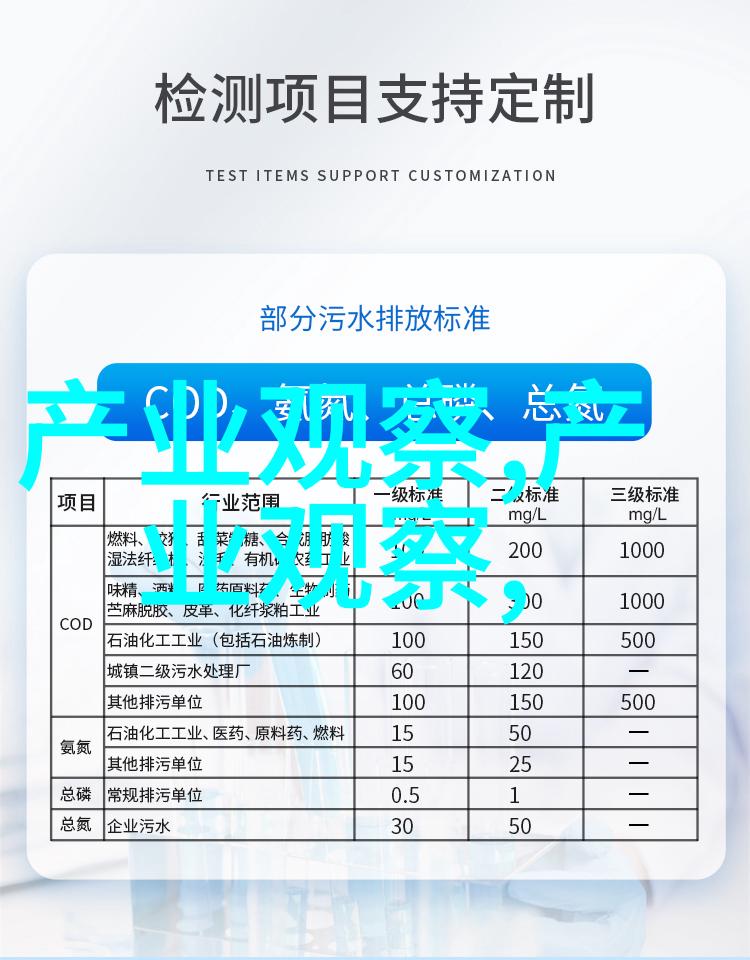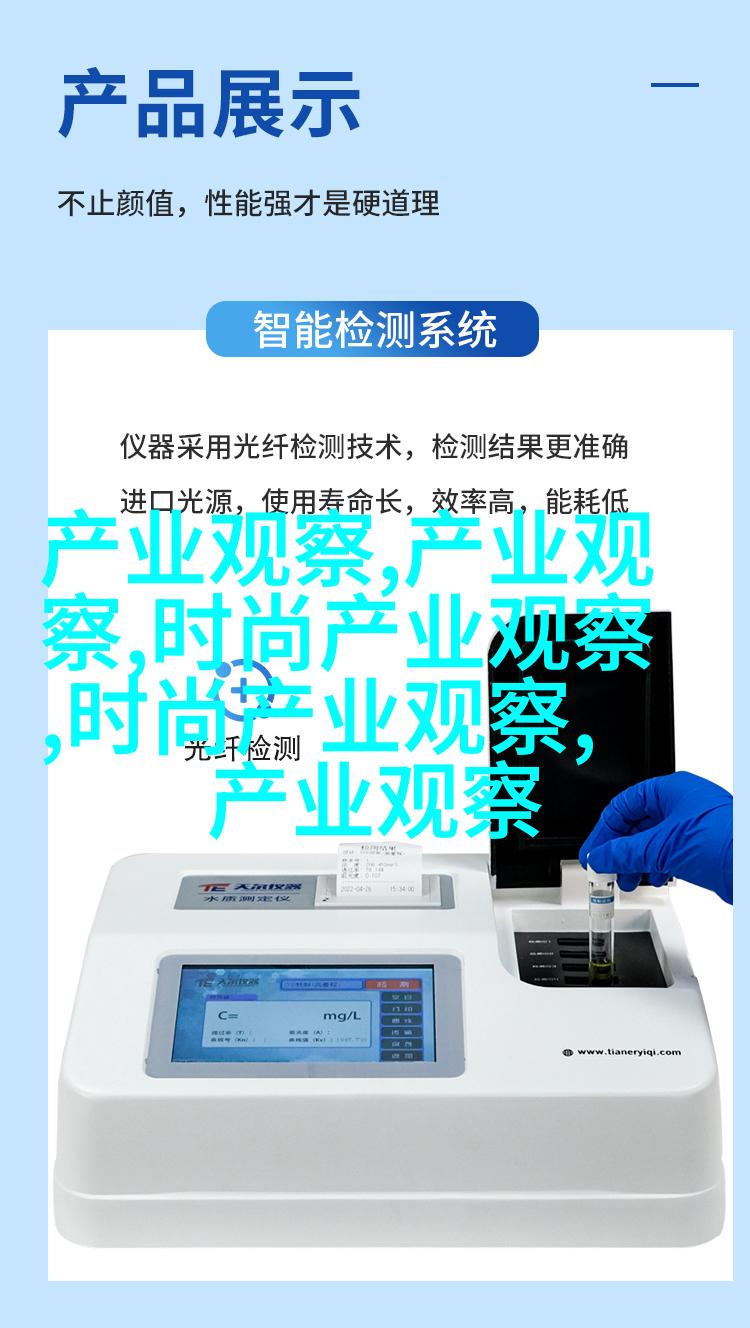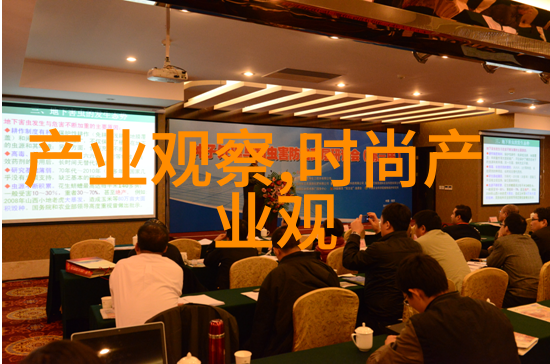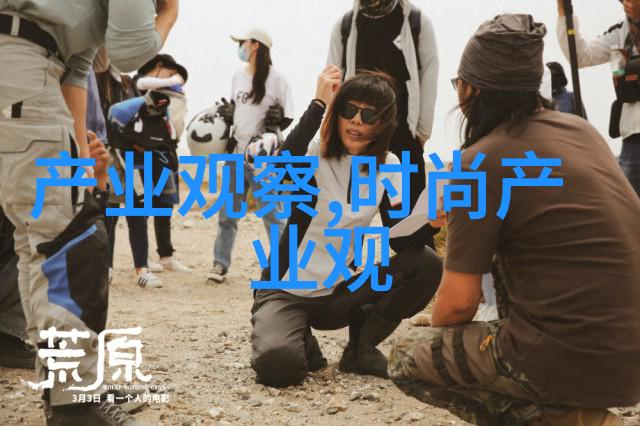The Evolution of Fashion Trends: A Journey Through Time and Style

Fashion trends are ever-changing, evolving over time as new styles emerge and old ones fade away. From the elegant silhouettes of the 19th century to the bold prints of today, fashion has always been a reflection of society's values and attitudes.
In the early days of fashion, clothing was primarily functional – designed for warmth, protection, and modesty. The Industrial Revolution brought mass production techniques that made clothing more accessible to the general population. This led to a proliferation of fashion trends as people were able to afford clothes that were previously only available to the wealthy.

One notable trend from this period is the corset. Popularized in Europe during Queen Victoria's reign (1837-1901), it became a staple in women's wardrobes across social classes. Corsets constricted waists with steel boning or whalebone inserts, creating an hourglass figure that was highly sought after at the time.
Moving into modern times, we see a shift towards comfort and practicality. The 1960s saw a rise in casual wear with designers such as Mary Quant popularizing mini skirts and shift dresses for everyday wear.

The 1970s gave birth to bell-bottom jeans and platform shoes – symbols of rebellion against mainstream culture. Punk rock emerged later in this decade with ripped fishnets, leather jackets, and safety pins becoming synonymous with punk style.
As we entered into the millennium era, fast-fashion brands like Zara and H&M revolutionized how quickly trends could spread globally through their rapid design-to-store approach. Social media platforms also played an essential role in shaping our understanding of current fashion trends by providing users instant access to global influencers' choices on what they wore daily or showcased on catwalks worldwide.

Today's world sees sustainable fashion becoming increasingly important due largely to environmental concerns raised about manufacturing processes behind many garments sold around us today – be it synthetic materials causing pollution or labor practices being questioned by ethical consumers who demand transparency from brands they support financially.
From classic tweed suits worn by men during World War II until now when athleisurewear becomes an indispensable part within contemporary wardrobe collections; each generation contributes its unique signature touch while continuing evolution within "服装流行趋势的英文" discourse among designers across cultures worldwide continues undeterredly onward — reflecting societal progressions & shifts just like any other art form does so seamlessly along side them all!




